23 Results
-
 24 Jun
24 JunAn introduction to Smiths Interconnect in Dundee
Smiths Interconnect is one of Smiths Group’s four businesses. We have a truly global reach, with sites in locations around the world including Mexico, Italy, North America, China, and the UK.
-
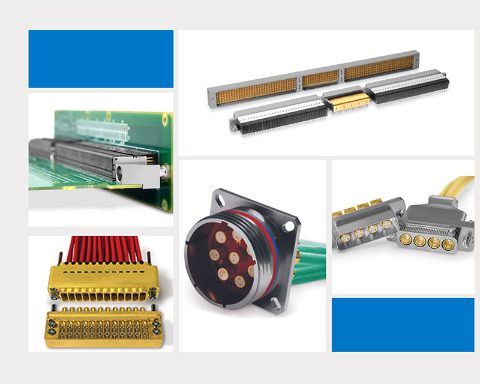 08 Apr
08 AprAccelerating Connectivity: Exploring High-Speed Data Connectors with Smiths Interconnect
As our world becomes increasingly interconnected, the demand for faster and more reliable connectivity solutions continues to surge. Enter high-speed data connectors – the unsung heroes powering the backbone of our digital infrastructure.
-
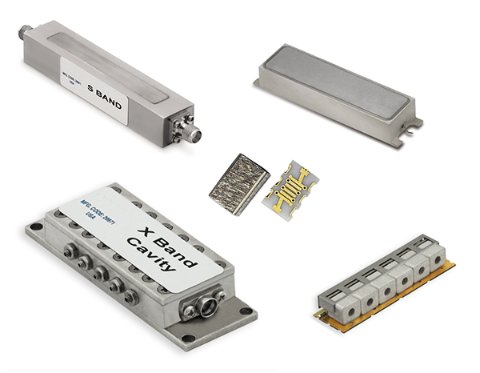 13 Mar
13 MarUnderstanding RF Filter requirements for mission critical applications
In the space and defense industry, the requirements for RF filters are stringent due to the demanding environments and critical applications they serve. RF filters are commonly used in space and defense applications for several reasons.
-
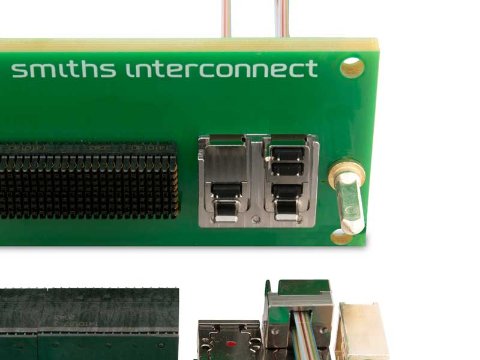 04 Mar
04 MarElevating Connectivity: Exploring the Versatility of Smiths Interconnect's Backplane Connectors
To meet the demands of mission-critical applications, Smiths Interconnect offers a comprehensive range of backplane connectors, known for their performance and reliability.
-
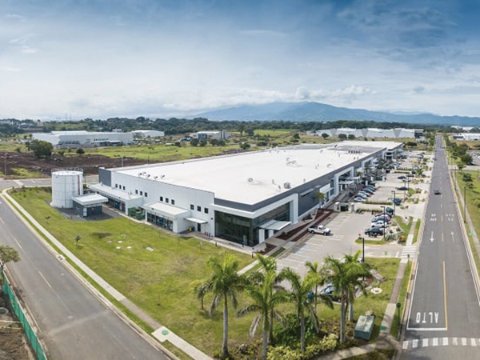 26 Feb
26 FebA Costa Rican plant for advanced component manufacturing
The electronic system development supply chain that has become increasingly diverse and global, with components provided from various regions around the world. This comes with several challenges including variability in supply and demand, geopolitical tensions and unforeseen events that may lead to delays, increased costs and supply chain inefficiencies.
-
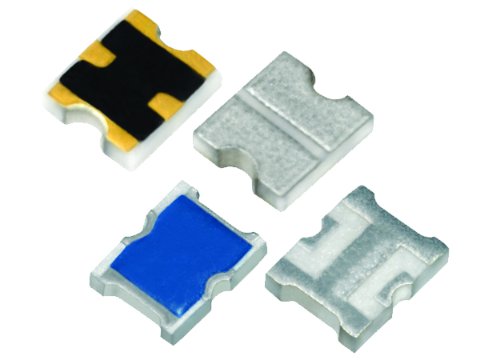 05 Feb
05 FebMaking Sense of High-Reliability Radio Frequency (RF ) Components
HR TSX Series represents a significant leap forward in the realm of high-frequency surface mount chip attenuators. Its combination of small form factor, robust construction, and versatile performance make it an attractive choice for space and defense applications.
-
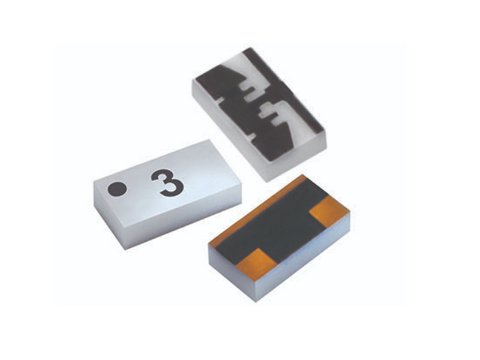 10 Oct
10 OctFixed Attenuators: Ensuring Reliability and Durability
In the realms of space exploration and defense technology, electronic components play a pivotal role in ensuring mission success and national security. Among these components, fixed attenuators stand out as essential tools for signal management, maintaining the integrity of electronic systems amidst the most challenging environments
-
.jpg?ext=.jpg&width=480&resizemode=force) 19 Sep
19 SepExploring the Cutting-Edge SpaceABLE® Radiation-Resistant Embedded Optical Transceivers
Space missions expose electronic components to intense radiation, a challenge that can compromise the functionality of conventional devices. However, Smiths Interconnect's SpaceABLE® line of products is purposefully designed to withstand these extreme conditions.
-
 03 Jan
03 JanMeeting the increasing demand for rugged, high-speed connections in Space applications.
Space satellites market is evolving from RF Analog-based payloads providing low speed telecommunication signaling, to a new Digital Transparent Processor architecture for high throughput satellites. This type of architecture increases the demand for rugged and higher speed connectivity.
-
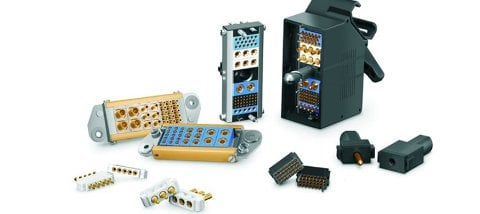 20 Oct
20 OctCustomizable modular connectors for demanding therapeutic devices
Modern therapeutic systems for the treatment of weight loss for both health and aesthetic purposes are evolving to help people live a better life. To achieve the necessary results, medical devices need to ensure long-lasting, constant and high-level performance with reliable components able to support harsh conditions.
-
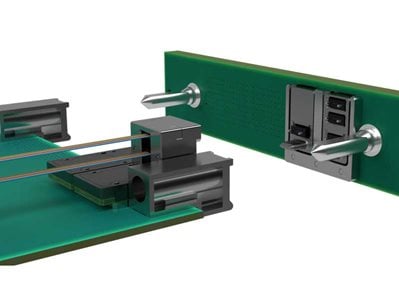 10 Oct
10 OctThe next step in optical interconnectivity for the defense industry
Optical interconnectivity has a significant impact on the defense industry. Not only does it allow greater amounts of data to be passed over longer distances, but it also minimizes SWaP (size, weight, and power) relative to copper alternatives. In fact, cabling weight can be reduced more than 90% with no interference and carry high-speed data 15 to 20 times further.
-
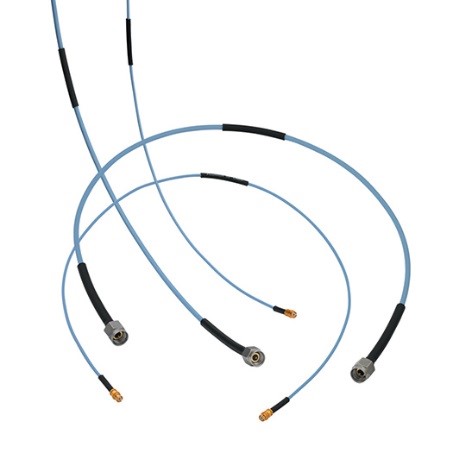 29 Sep
29 SepPhase stable cable assemblies: reliability where it’s needed most
From military aircraft to radar applications to satellite communication links, we rely on cable assemblies to transmit signals between multiple devices, internally in a single device, or as part of testing processes.
-
 23 Aug
23 AugSmall but mighty: How attenuators benefit defense and space industries
Current space and defense industries are putting pressure on electronic manufacturers to deliver high performance with smaller form factor. For applications in these industries, from radios to drones and satellites, miniaturizing components such as RF chip attenuators with broad frequency ranges is becoming critical for developing technology and meeting the challenging demands of defense and space applications.
-
 15 Nov
15 NovThe anatomy of a microstrip isolator and circulator
Understanding the basics of microwave microstrip isolator and circulator technologies
-
 10 Mar
10 MarEqualizing the Slope Gain in Your Next RF & Microwave Design
Understanding RF wideband microwave gain slope, installation and reliability
-
 17 Feb
17 FebAdding Value to Your RF Semi-Rigid Cable Assemblies
Having the proper guidelines in place for your RF semi-rigid cable assembly helps minimize cost, improve electrical performance, and increase reliability.
-
 02 Feb
02 FebThe Internet of Space and radiation resistant transceivers
The explosion of worldwide communications over the past 25 years has led to the pervasive use of mobile and land communications equipment with an abundance of platforms, applications, and devices all driving the growth of many of the largest businesses in the world. There is no doubt that this trend will continue through the Internet of Things (IoT), and the arrival of the 5G technology along with improvements to the underlying network infrastructure. However, the next, ‘Small Step’ for man in terms of ubiquitous communications will be the ‘Giant Leap’ into the Internet of Space.
-
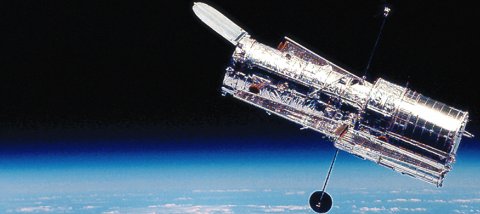 19 Nov
19 Nov8 Advantages to Know About Spring Probe Contact Technology in the Space Industry
The requirements of space flight components must be carefully taken in account when designing a spring-loaded connector.
-
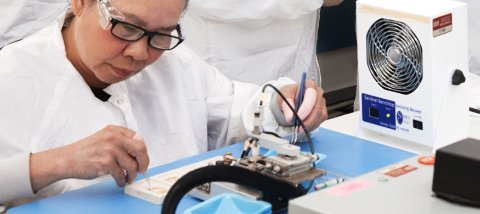 07 Jul
07 Jul5 Key Reasons to Choose a Planar Filter Over Conventional Filter Technology in Your Next RF Design
Understanding RF Filter technology to get the most effective solution.
-
 03 Jun
03 JunExpanding the Frontier
As Space Missions evolve, so do Smiths Interconnect’s light and compact connectivity solutions.
-
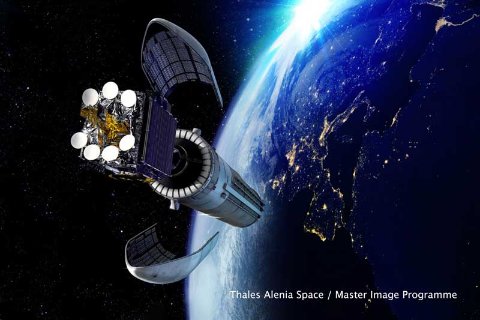 01 Dec
01 DecReliability Testing of COTS Fibre Optic Transceivers for Defense, Avionics, and Space Applications
Optical communication is a proven technology that has been deployed in harsh defense and avionics applications for a large number of years.
-
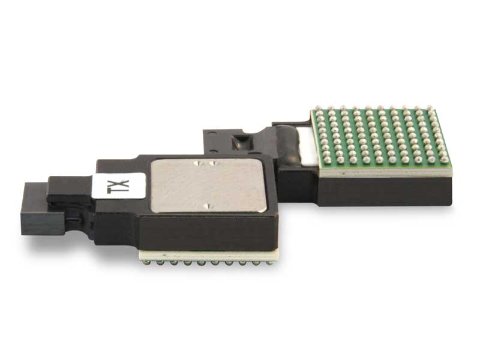 03 Jun
03 JunUnderstanding the Test Criteria of Optical Fiber Transceivers Used in Space
In space, high performance components must be able to deliver reliably in the punishing environment. It is optical transceivers that drive transmissions, converting signals to and from a copper-resident format. Fiber optics communications provide high bandwidth and low latency signaling. Signal transmissions through fiber optic cables (FOCs) provide immunity to EM/RFI interference, crosstalk, and voltage level surges. Fiber optics’ accuracy and reliability exceeds traditional cabling. Covering 1,000 feet requires four pounds of FOC versus 39 pounds of copper wiring, and fiber optics also consume less energy than copper. To convert electrical signals from circuitries with copper output to fiber optics, optical fiber transceivers are usually required.
-
 23 Sep
23 SepOptical Interconnect Design Challenges in Space
Aeronautical applications face many design challenges that are unique to their intended environment. The best practices for optical interconnect design for space applications include the use of radiation-resistant technology to defend against space radiation, the use of components and devices that are designed to operate in harsh environments, and meeting size, weight, and power (SWaP) and long-term reliability requirements. Finally, it is recommended to follow open standards like VPX and to look for solutions that comply with MIL and quality standards.


